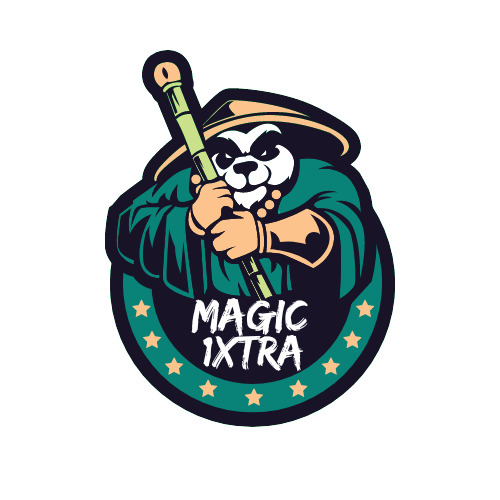Looking for a prog rock buying guide? Well, the progressive rock arena has its own ecosystem of landmark albums and artists. Inevitably, in such a biosphere, there is an unspoken hierarchy in which certain works are more widely recognized than others. So what we’ve created here is a bit of a mix and match, with some undisputed prog landmarks and lesser-appreciated gems of the genre. Our list spans the 1970s and early ‘80s, and is presented in chronological order.
Caravan – In the Land of Grey and Pink (1971)
The cornerstones of prog often can’t be measured in terms of commercial success, and you won’t find any sign of genre mainstays Caravan’s third album in the UK bestsellers. By that reckoning, the band registered a mere two weeks on those charts at all. But the Canterbury scenesters made an indelible impression on fans with this LP, which as our dedicated story describes, conjured Tolkienesque images of a “Middle Earth sunset.”
Genesis – Nursery Cryme (1971)
It’s impossible to think it now, but this staging post in the Genesis story didn’t make the UK album listings until the 1980s, and then only just. But it’s warmly regarded by their cognoscenti as the LP on which both Phil Collins and Steve Hackett joined to complete what became the band’s classic — many say best-ever — line-up of the first half of the 1970s.
Van Der Graaf Generator – Pawn Hearts (1971)
Formed in 1967 in the fervid creative melting pot of Manchester University, Van Der Graaf Generator’s first label deal was with Mercury, but they started their relationship with the storied Charisma label in 1970. Pawn Hearts ably showcased the songs of Peter Hamill and his fellow multi-instrumentalists Hugh Banton, David Jackson, and Guy Evans, with guest appearances by one Robert Fripp.
Peter Hammill – The Silent Corner and The Empty Stage (1974)
Hammill, meanwhile, recorded his own third album during an inactive period for Van Der Graaf Generator, before the 1975 group reunion that produced Godbluff. The solo project nevertheless included contributions from his bandmates as well as a lead guitar cameo by Spirit’s Randy California. Head Heritage described The Silent Corner… as “simultaneously time-locked and timeless” and “criminally disregarded.”
Camel – Mirage (1974)
Another of the must-includes for any prog rock buying guide, this was the second LP by the band formed in Surrey in 1971. It saw them not only survive a move from MCA to Deram Records, but to hit their stride with an enduring favorite. Read more about the history of Mirage here.
Supertramp – Crime of the Century (1974)
Supertramp became a multi-platinum attraction with Breakfast In America, but their first breakthrough to the big league came with this third album. It gave them a UK hit single in “Dreamer,” contained the popular “Bloody Well Right” and showcased the band’s writing powerhouse of Rick Davies and Roger Hodgson.
Rick Wakeman – The Myths and Legends of King Arthur and the Knights of the Round Table (1975)
This may often have been held up as a prime example of the music that punk was going to sweep aside. But one of prog’s grand concepts has not only endured, its memory has been enhanced with the passing decades, alongside the widespread admiration for Rick Wakeman’s keyboard wizardry. For its 40th anniversary, it was even performed on ice.
Steve Hackett – Voyage of the Acolyte (1975)
Guitar virtuoso Steve Hackett was still a member of Genesis when he released this first solo album, having developed it during and after The Lamb Lies Down On Broadway. Younger brother John played on it, as did Phil Collins and Mike Rutherford, and it provided a firm foothold for the solo career that Hackett would start in earnest soon afterward.
Rush – Moving Pictures (1981)
A creative and commercial success that was already Rush’s eighth studio album. It arrived in the wake of the acclaim for 1980’s Permanent Waves and became even bigger, with four million shipments in the US alone. In a Rolling Stone analysis of the greatest prog albums of all time, published in 2015, it was beaten only by Pink Floyd’s The Dark Side of the Moon and King Crimson’s In The Court of the Crimson King.
Barclay James Harvest – A Concert For The People (Berlin) (1982)
It’s a measure of the longevity that Barclay James Harvest had achieved even by 1982 that this was already their third live album, released when they had 11 studio sets to their name. It was named both for the city in which it was recorded (on the steps of the Reichstag, in 1980) and the Les Holroyd song, originally from XII, that opened the show.
Which prog albums would make your buying guide? Let us know in the comments.


